Türkiye’s Arslantepe Hoyuk yields 7,000-year-old animal seal stones
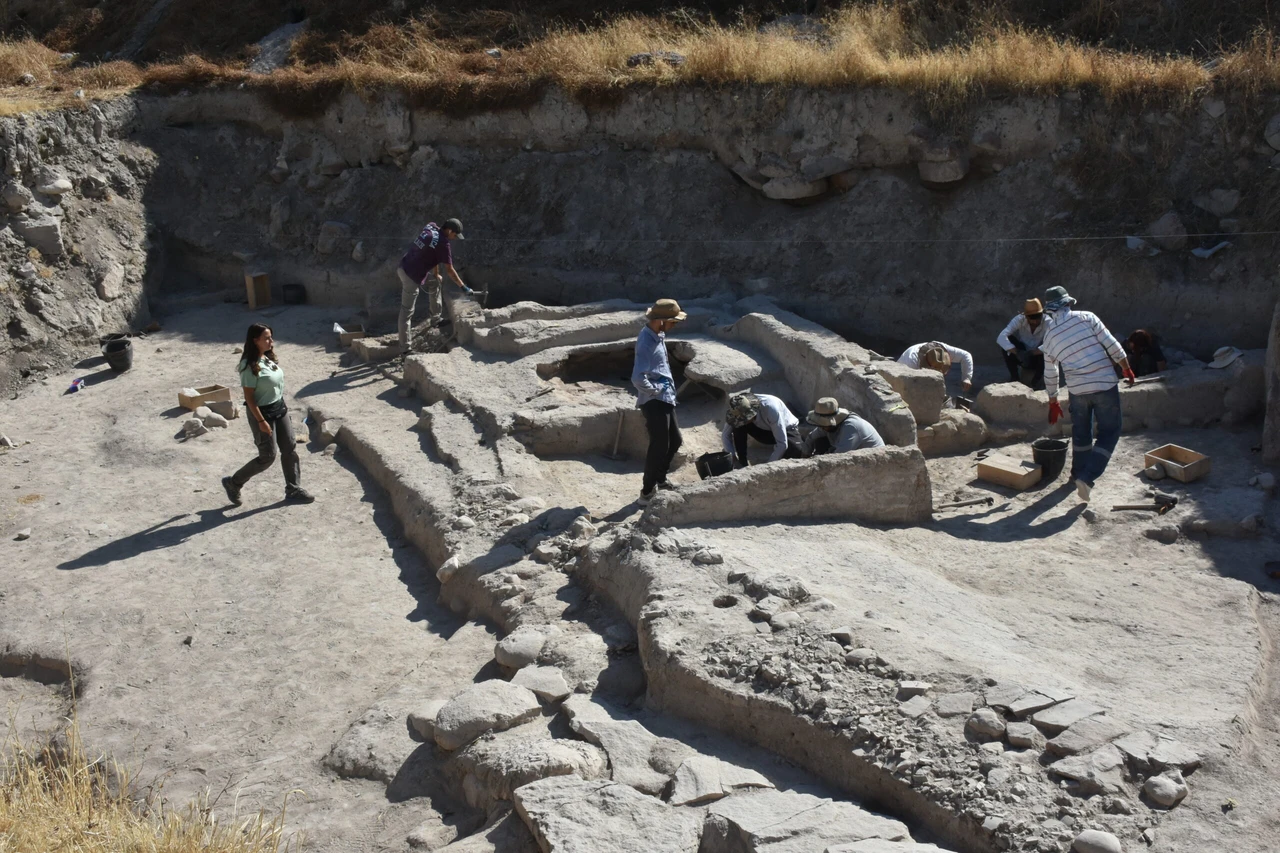 UNESCO World Heritage Site Arslantepe Hoyuk in Malatya, Türkiye, August 26, 2024 (AA Photo)
UNESCO World Heritage Site Arslantepe Hoyuk in Malatya, Türkiye, August 26, 2024 (AA Photo)
Archaeologists have made a groundbreaking discovery at Arslantepe Hoyuk, a UNESCO World Heritage site in Malatya, Türkiye. Two animal-engraved seals, crafted from stone and bone, have been unearthed, dating back 7,000 years. These seals, the oldest ever found at the site, offer a new glimpse into the ancient cultures that once thrived in this region.
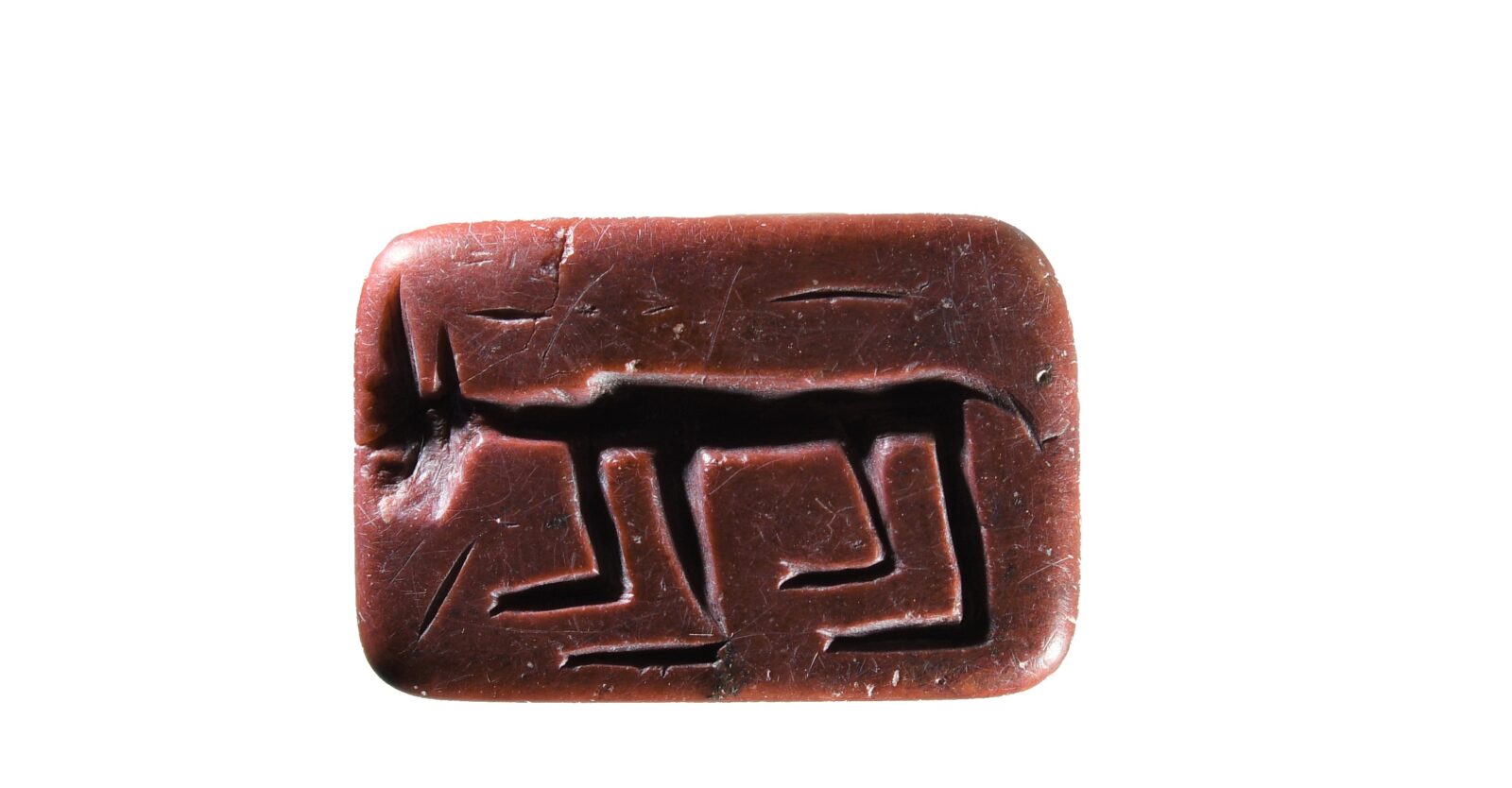
Ancient seals unveiled in Türkiye’s agricultural hub
Located just 6 kilometers (3.73 miles) from Malatya’s city center, Arslantepe Hoyuk is strategically positioned along the western banks of the Euphrates River. This fertile area has been a cradle of civilization for millennia, providing a haven for various cultures thanks to its high agricultural potential and natural defenses against floods.
Arslantepe has long been a treasure trove for archaeologists, revealing artifacts from eras ranging from the Late Chalcolithic to the Iron Age. The site bears the imprints of civilizations from the Hittites to the Roman and Byzantine empires. However, the recent discovery of two animal-engraved seals has sent ripples through the archaeological community.
These seals were found during last year’s excavation of the Late Chalcolithic layers of the mound. According to experts, they date back to around 5,000 B.C., making them the oldest seals ever uncovered at Arslantepe Hoyuk.
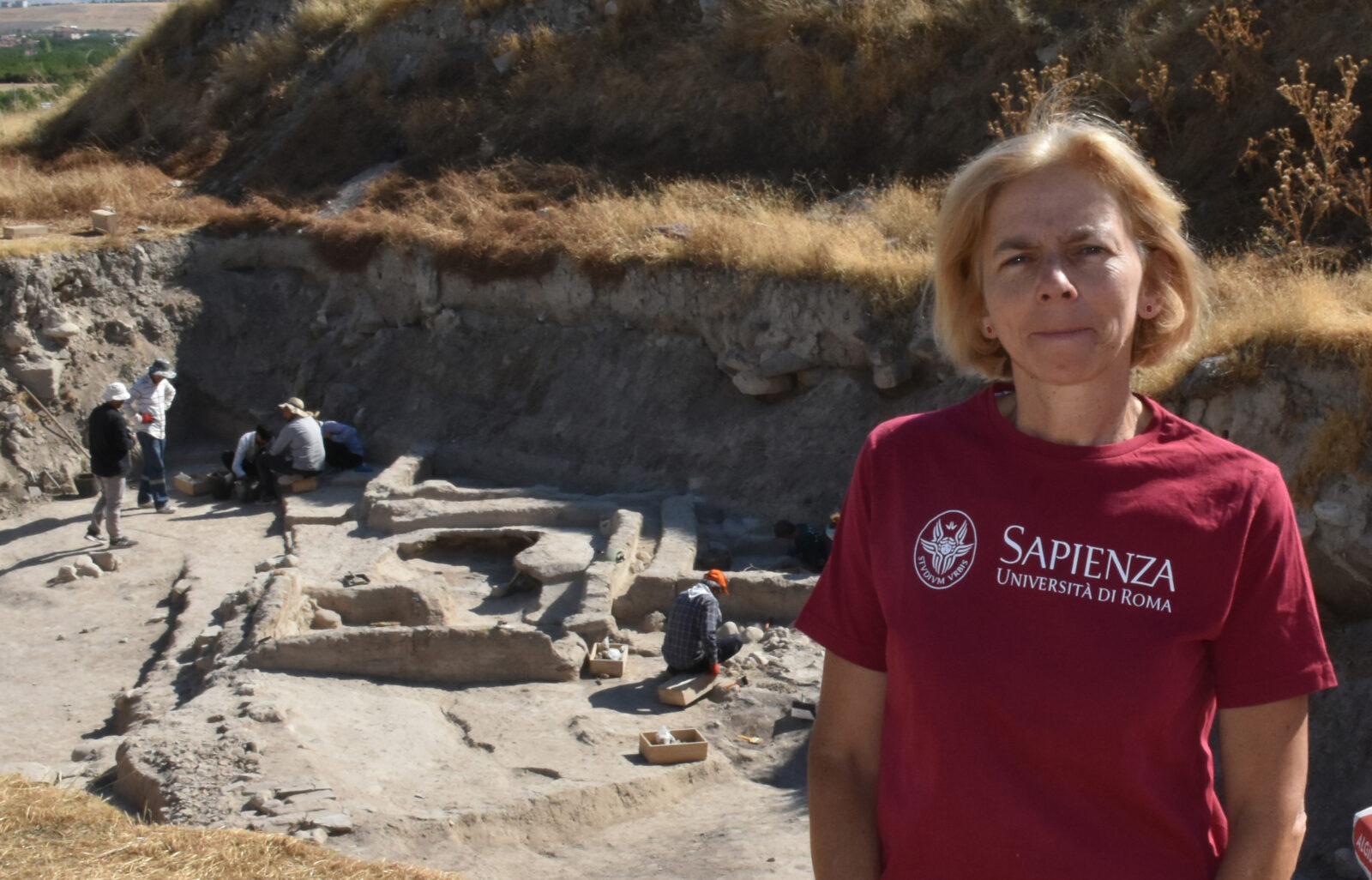
Decoding the past: Animal symbols from millennia Ago
Professor Francesca Balossi Restelli, the head of the excavation team, shed light on the significance of these seals. “The animal motifs on these seals suggest a much older origin than previously thought. By comparing the styles with other regions, we believe these seals date back to around 5,000 B.C.,” Restelli stated.
The seals were discovered beneath the walls of an ancient house dating back to the Late Chalcolithic three or four periods, roughly between 3,900 and 3,500 B.C. Interestingly, they were found between two houses, one of which is estimated to date back to 4,200 B.C. This time gap suggests that the seals could bridge 500 years of cultural evolution.
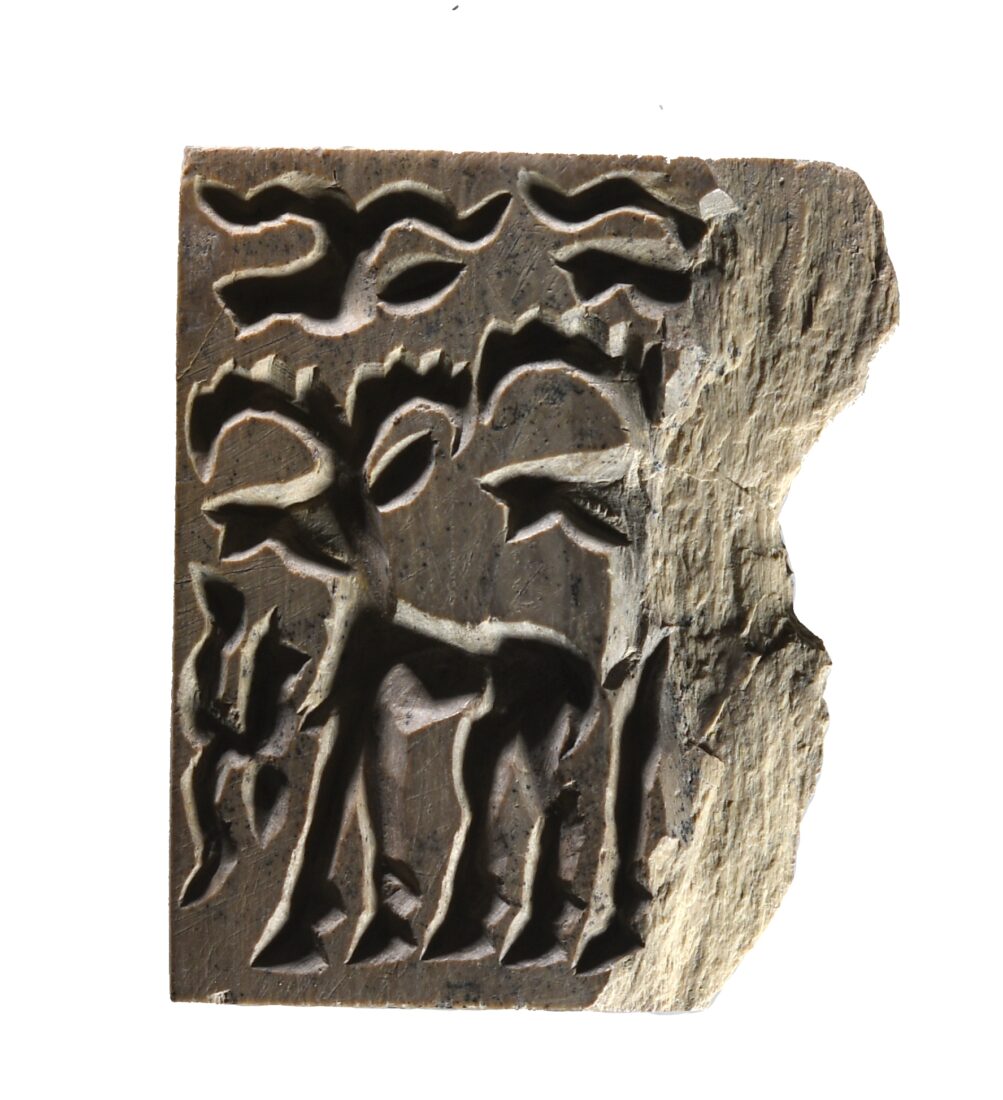
Oldest seals Arslantepe Hoyuk: New archaeological treasure
Restelli emphasized the importance of the animal motifs on these seals. “One seal made of bone likely features a goat or a similar animal, while the stone seal might depict a dog or a dog-like creature. These motifs are typical of the Chalcolithic period, not just at Arslantepe but across Northern Mesopotamia and Eastern Anatolia,” she explained.
Although Arslantepe has yielded seals before, none have been as ancient as these. “This is the oldest excavation site we’ve explored here, and these seals are the oldest we’ve found at Arslantepe. However, we believe there are even older layers beneath, and we’re confident that further excavations will reveal more ancient seals,” Restelli added.
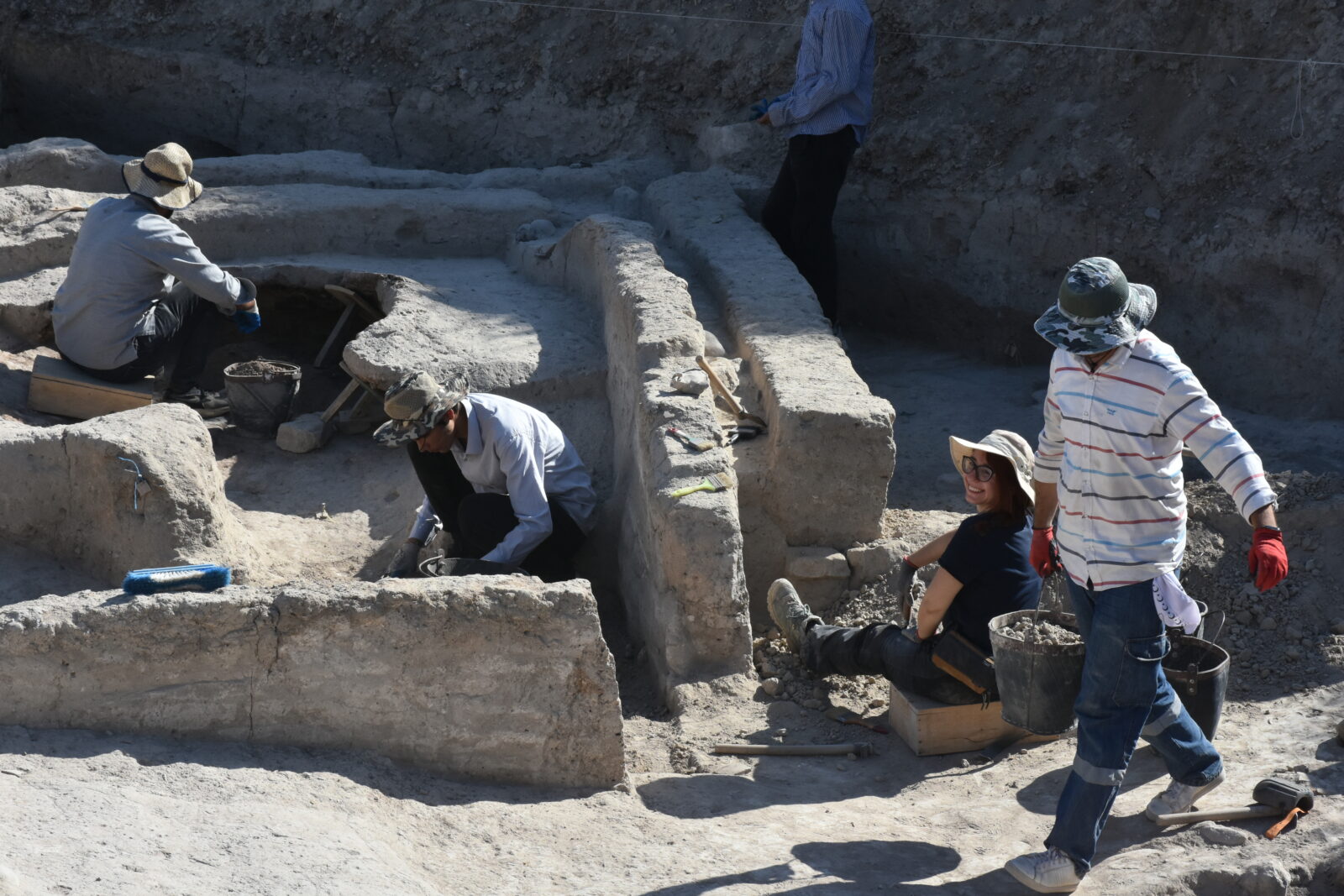
Glimpse into Neolithic: Seals across regions
The seals, thought to have been used during the Neolithic period, may provide further insights into the connections between different ancient cultures. Restelli noted that a similar stone seal was found at the Tilbes Korche site in Sanliurfa’s Birecik district, while a comparable bone seal was discovered at Tepe Gawra in Northern Iraq.
The bone seal from Arslantepe features a goat with distinctively curved horns, resembling wild goats found in the region. “We believe this is a wild goat, given its unique horn shape. There are two more goat figures on the seal, but their horns are straight, possibly representing domesticated goats,” Restelli explained.
As excavations continue at Arslantepe Hoyuk, these newly discovered seals are set to rewrite the history of one of Türkiye’s most significant archaeological sites. The search for even older artifacts beneath the mound promises to uncover more secrets from the dawn of civilization.



